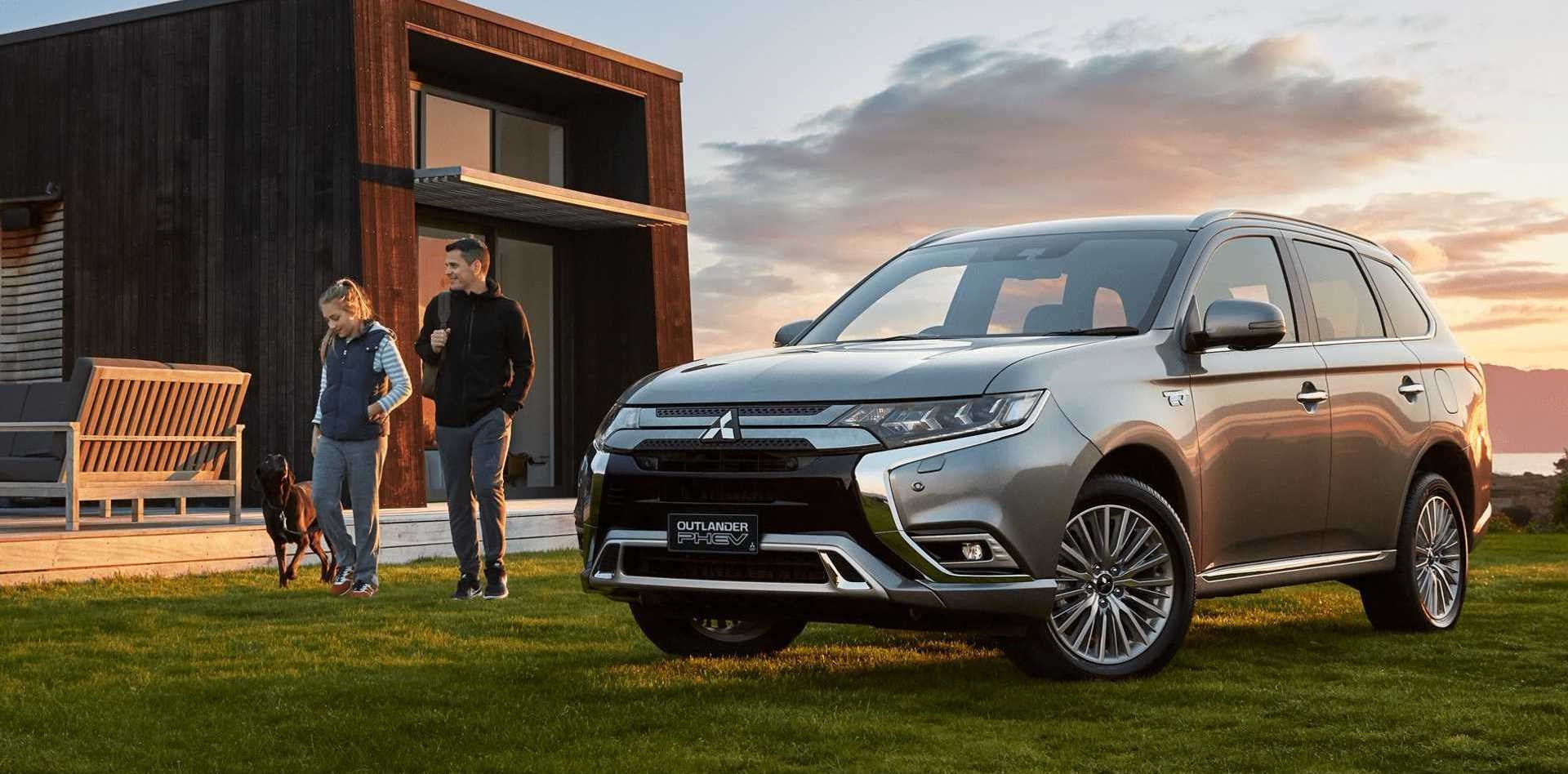Eco is the word in the motoring world, and manufacturers are seeking not just more fuel efficient vehicles, but alternative methods. The century tradition of petrol and diesel options are still popular, but when 10l/100km was once considered thrifty fuel use, it’s now common to see fuel use claims less than 5l/100km, or better.
This year’s inclusion of two electric vehicles (EVs) in the 2019 AA DRIVEN NZ Car of the Year awards signaled a true shift in the market, and while outright EV/hybrid numbers are still in their relative infancy, sales are climbing rapidly. Around 55 electric/hybrid models are on sale in 2019, with yearly sales around 7500 in a total market of 150,000 new car sales (or 5 per cent); and New Zealand is showing many other countries – Australia included – that EV infrastructure and charging stations are the way of the foreseeable future.

A quick glance on the ChargetNet or PlugShare phone apps show NZ closing in on 500 charging stations nationwide. So EV is clearly here, and from Tesla’s Model 3, to the Jaguar I-PACE, Hyundai Kona and Kia Nero, MINI, MG and even Mahindra are due to join the EV market in 2020, while battery life is improving, range is increasing (with 400km now the popular minimum), and costs are dropping.
There are also derivatives of EV, such as Plug-in Hybrid EV (PHEV, which uses both a petrol engine and electric), traditional hybrid (only the engine charges the onboard battery) and mild hybrid (for assistance in power and economy), there are an increasing number of derivatives and options. Hyundai has just launched its updated Ioniq, which offers three electric options (EV, PHEV and hybrid), a world first. Ioniq was NZ’s best-selling EV since its launch in 2017, until the Tesla Model 3 arrived this year.
Mitsubishi’s PHEV Outlander is NZ’s best-selling hybrid, and offers the best of both worlds: like a conventional ‘hybrid, such as a Prius, Outlander PHEV it will run EV mode when and where it’s best suited – low speeds, traffic, for example – and then use the petrol engine. And if and where there is a power outlet, it can recharge, meaning it dispenses with any EV range-anxiety.
Driving an EV is perspective changing, with immediate power and the feeling that energy isn’t being wasted: every downhill or use of brakes is recovering power back into the battery, so driving an EV becomes a game of efficiency.
Of course EV isn’t the only answer with Hyundai recently announcing its hydrogen-powered Nexo. Modern hydrogen vehicles have been around for decades, but Hyundai is testing the water, literally: a hydrogen-powered car’s exhaust emissions are pure H20, and the key advantage is its ability to refuel in minutes and a longer range; limited infrastructure being its main limitation.
We’re at a turning point of fuels for our vehicles, but the good news is, the future is both fast and exciting.
DRIVEN is NZ’s number one source for motoring news and reviews, published every Wednesday and Saturday in the NZ Herald.
5 ECO WARRIORS
Toyota Prius c, NZ’s cheapest hybrid: $27,990-$29,990 (drive-away)
Hyundai Ioniq, choice of three EV specs: $46,990-$71,990
Tesla Model 3, NZ’s number-one selling EV: From $73,900
Mazda MX-30, the company’s first EV, due early-2020
Mitsubishi Outlander PHEV, NZ’s number one plug-in: $52,490











